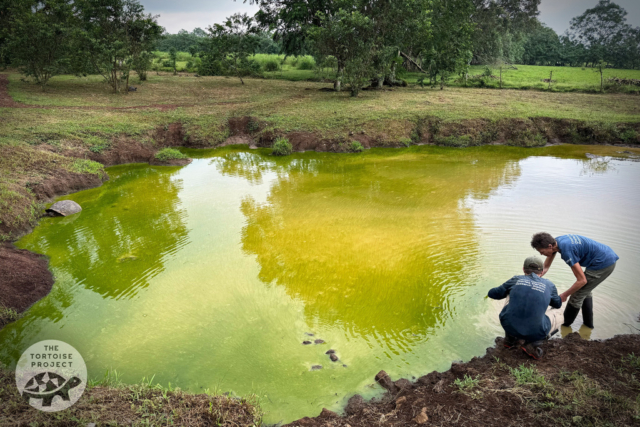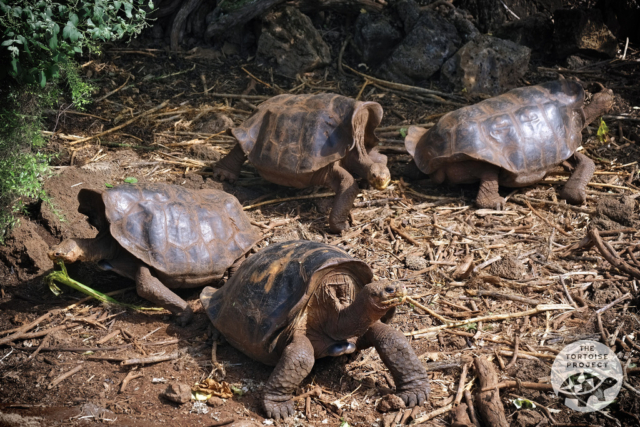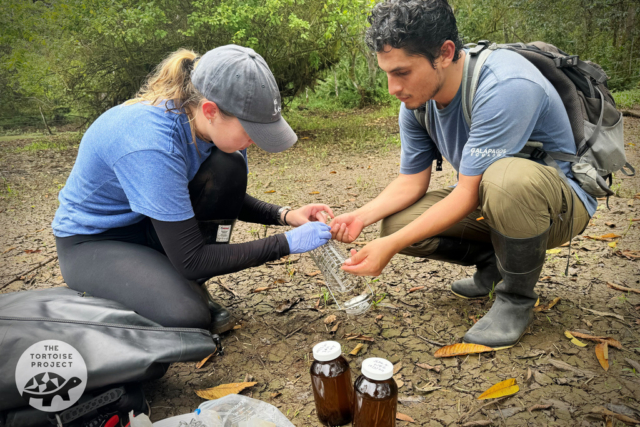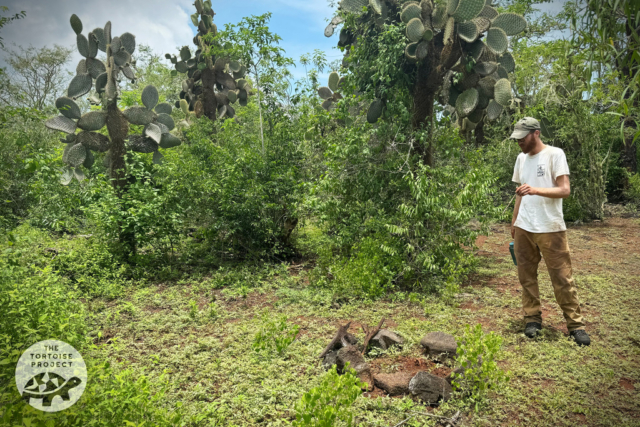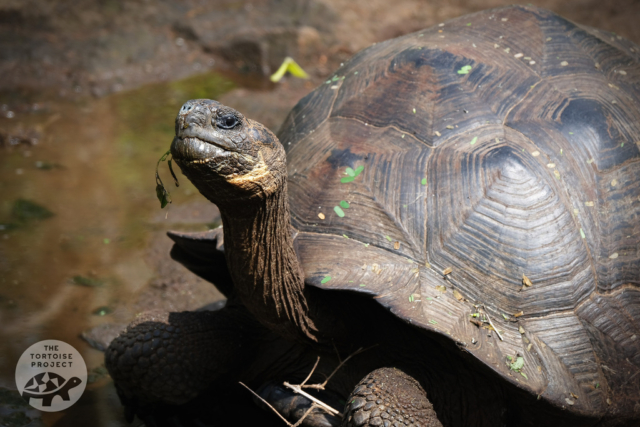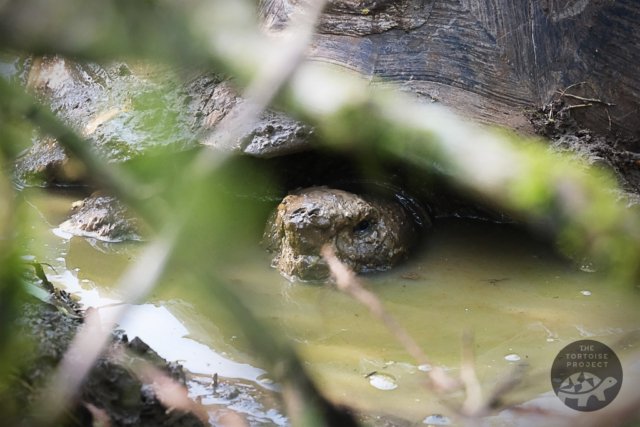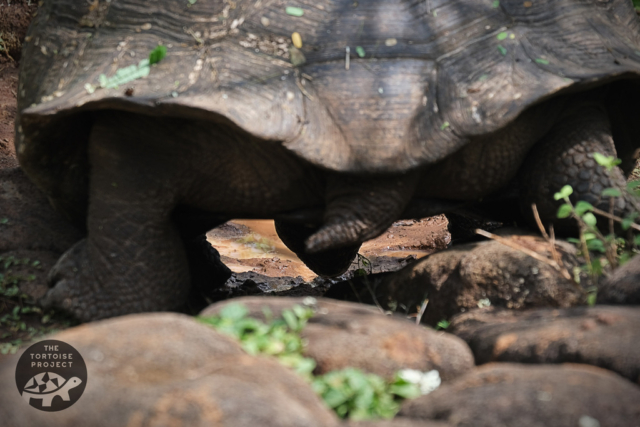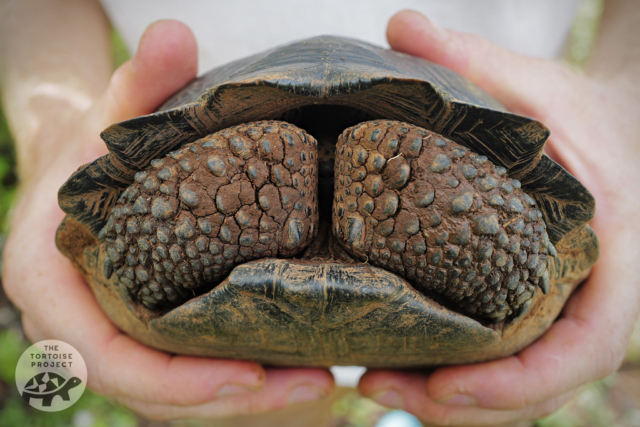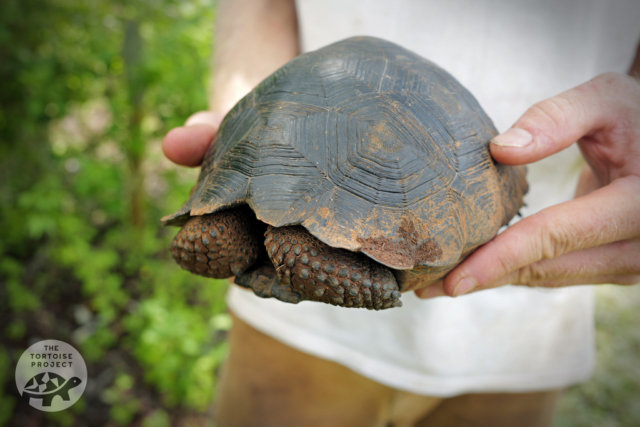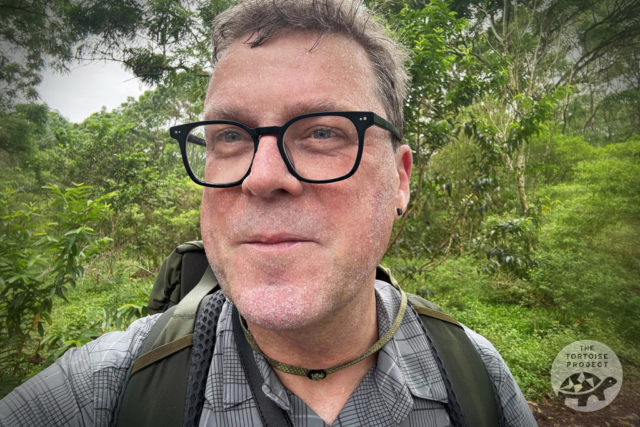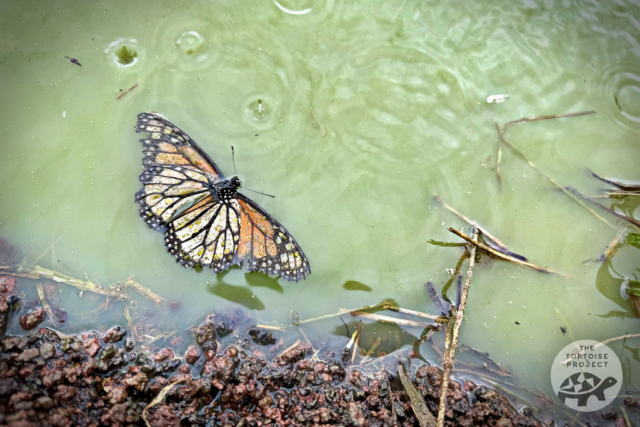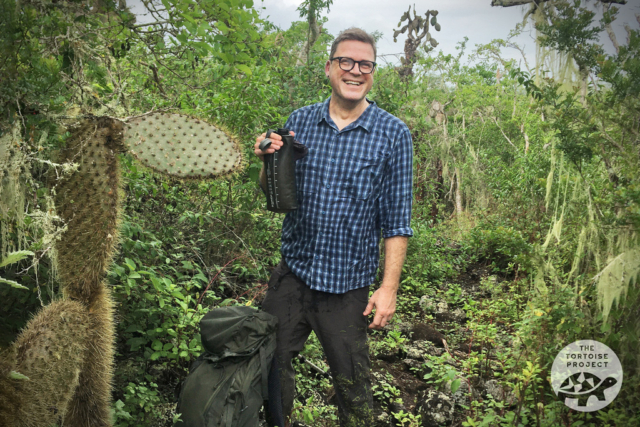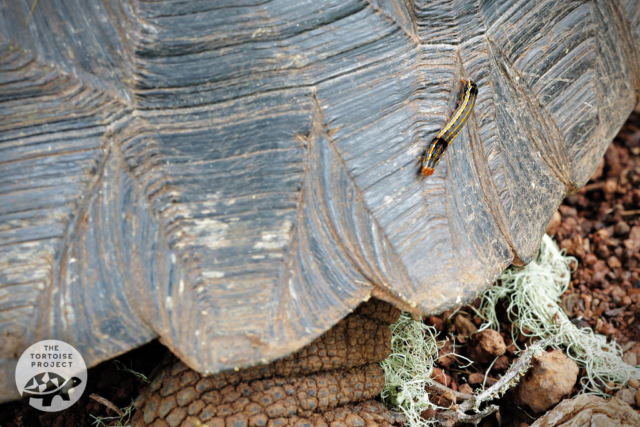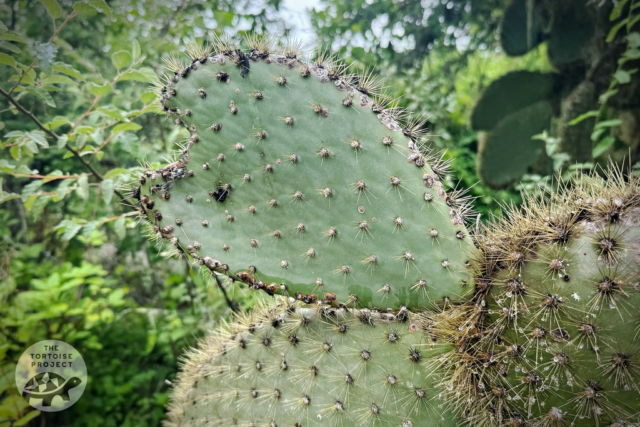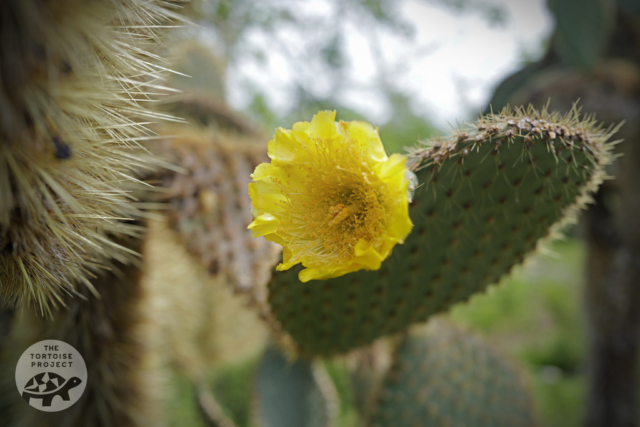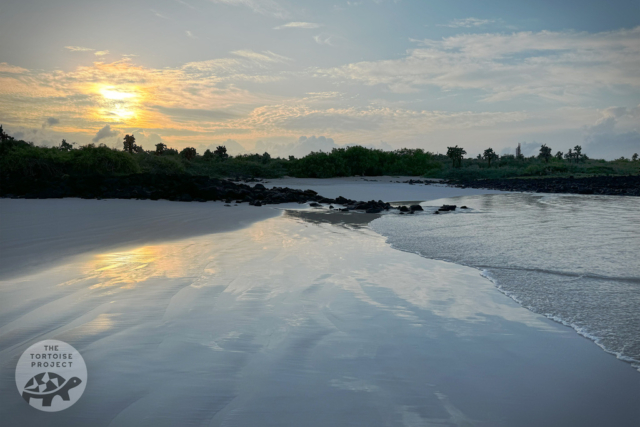In Galápagos, tortoises are on the move.
When you think of great animal migrations, what comes to mind? Storks flying southward from their nesting grounds in Europe to overwinter in Africa? Wildebeests following the seasons of forage across the savannas of Serengeti? Monarch butterflies flitting and fluttering in generational waves from Mexico to Canada? A leatherback sea turtle navigating a 12,000 mile cross-ocean journey to lay its eggs?

Giant tortoises have a subtler way of doing it. But if you know what to look for you might see that they can migrate too. And it’s amazing! Galápagos island tortoises make long-distance migrations over rough terrain seeking food, water, and nesting grounds — hauling their unwieldy bodies up and down the steep volcanic slopes. In March 2024 I spent three weeks on Santa Cruz island in Galápagos wanting to see these tortoises on the move, and Patrick Moldowan from the Galápagos Tortoise Movement Ecology Program had promised to show me. It was the beginning of summer, and the islands were heating up. The normally dry landscape was newly leafed from the early rains.

Our first field excursion was to the southern slopes of Santa Cruz island helping researcher Georgina “Georgie” Savage collect water and sediment to analyze for agricultural chemicals. Georgie took samples from nearly a dozen ponds ranging from deep inside the national park, private farmlands, and border areas between the two. Please do not drink this water. The island’s giant tortoises love to marinade here, and they shit where they soak. The funky waters harbor rich microbial and plant communities that form a diverse and unique ecosystem created and sustained totally by tortoises. As a tortoise moves in and out of its pond it transfers soil, nutrients, and plant material coming and going — spreading ecological benefits far and wide.
Late afternoon. Golden hour finds me perched on the bank of a shaded pond near a dirt road running along the edge of a coffee plantation. At the far end, beneath some overhanging branches, two black necked stilts (Himantopus mexicanus) wade around on bright orange legs probing the muck for aquatic invertebrates. A nearby group of half-submerged giant tortoises keep to themselves, minding their own business until a large boulder in the nearby undergrowth suddenly comes to life and surges impulsively down the bank and into the water beside them. Her hulking body drives a shock wave of ripples across the still surface of the water. She slows to a stop, and settles herself down into the pond. Half an hour later I walk around the pond bank for a closer look. Her head and face are covered in a thick layer of slimy gray mud, and a pair of blowholes have formed around her nostrils.
A few days later Patrick took me to check out the nesting area of the eastern Santa Cruz tortoise (Chelonoidis niger donfaustoi). Almost nobody gets out to this part of the island. Most of Galapagos National Park is strictly off-limits unless you have the right kind of permit. It had taken me six months to get my permit, and I was not going to let it go to waste. Our three-mile hike commenced shortly after dawn. By the time we arrived at the trailhead, a nondescript gap in some roadside shrubs, the air was already 80 degrees Fahrenheit and densely humid. By afternoon it would rise to 90. Every spring, female tortoises migrate down from the highlands some 10 to 15 kilometers to the lower elevations where they will lay their eggs in the soft earth that surrounds a specific volcanic tuff cone where Patrick has been studying their nesting habits. The cone is a low hump rising from the sloping plains of the island’s eastern exposure, and female tortoises are everywhere this time of year. Before the day is over I will count more than 30, out of a total population estimated to be 400. The nests are easy to find — Patrick and his team had marked each nest with a protective ring of rocks, like a campfire.
The highlight of my time in Galápagos was meeting Fausto Llerena, a true tortoise hero and someone I’d wanted to meet for years. Fausto is now in his 80s and long ago retired after more than 40 years of caring for the world’s most famous tortoise Lonesome George — “Solitario Jorge” in Spanish — who died in 2012. Lonesome George was a Pinta Island tortoise and the last of his species. Fausto doesn’t get into town much these days, so I took a taxi up to his house in a cluster of small cottages on the southern slopes of Santa Cruz, tucked between some banana trees. We talked for about an hour, through a translator.


Fausto reflected on his relationship with Lonesome George and some of the things that made that beast so special. Since tortoise migration was on my mind, I wondered if Fausto ever saw them near his house. Yes! In his garden! On their migration from the lowlands to the highlands, tortoises follow their ancient winding pathways through the farms and gardens and houses here. They can sometimes be a nuisance, though. If one of them gets into your garden, it will eat everything it sees. The best defense is a sturdy wall made of volcanic lava rock.
Our conversation began to lose energy. Fausto put his hands on the arms of his chair and pushed himself up. Would I like to see his wood carvings? Fausto walked out to his studio in the back and brought back three carvings. His tortoise figures have been appreciated and collected since the 1970s. Then came the pitch: For $100 I could take my pick! I couldn’t resist. I chose Lonesome George of course — signed on the plastron in ink, by Fausto himself.


